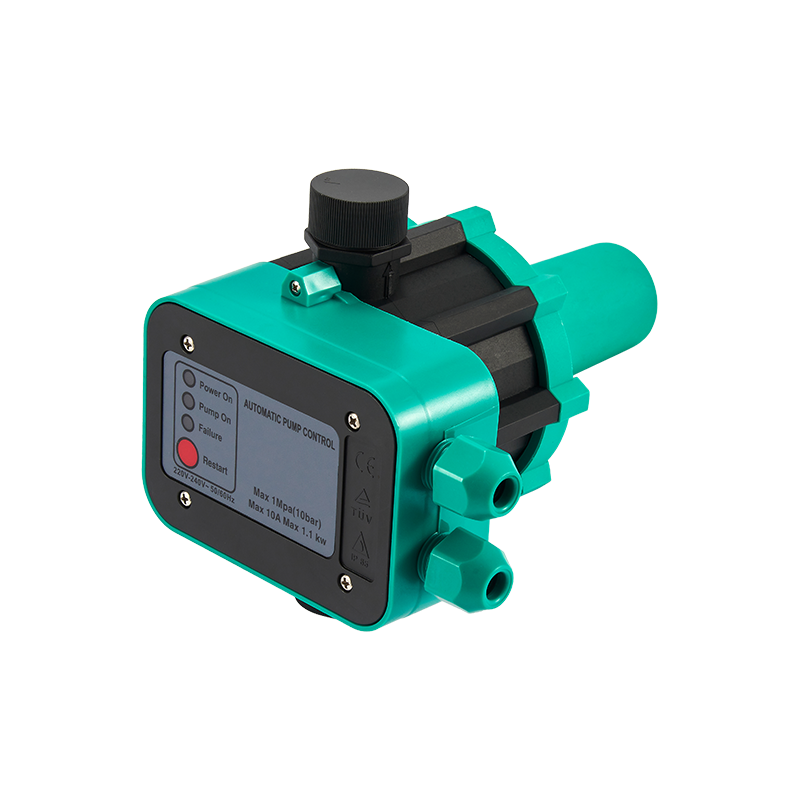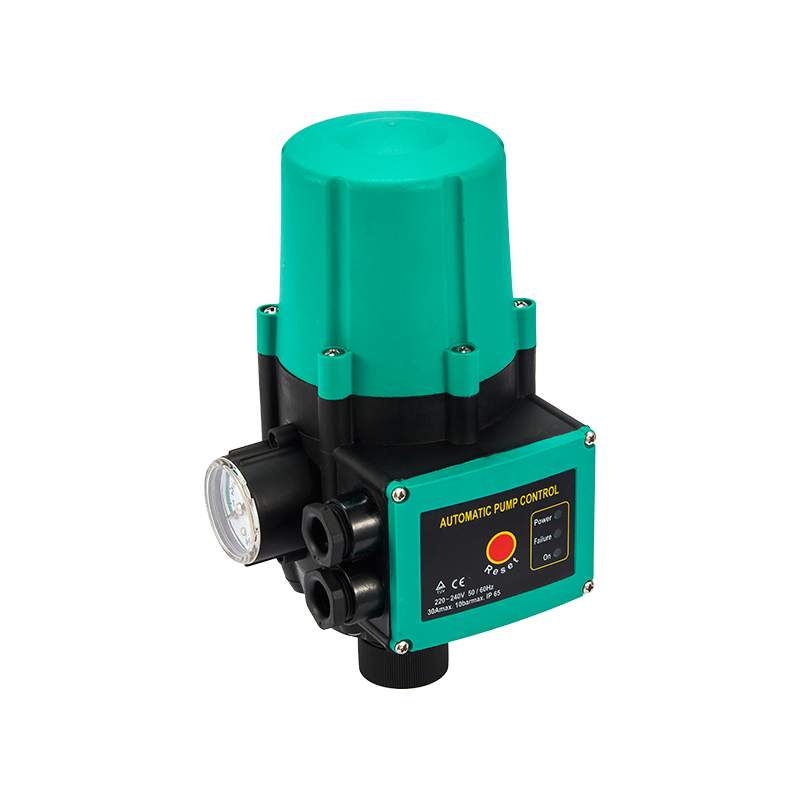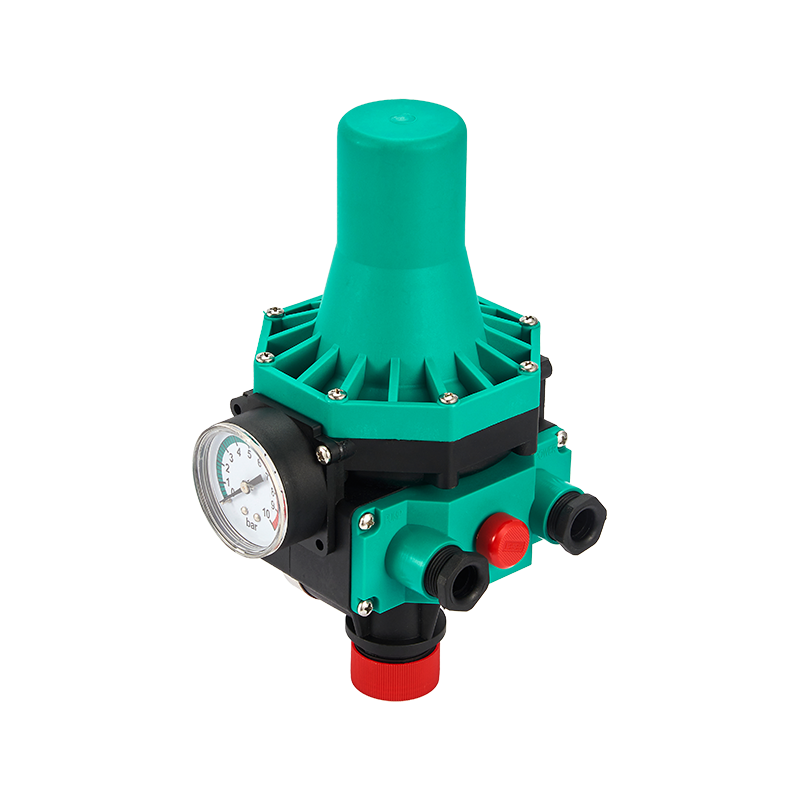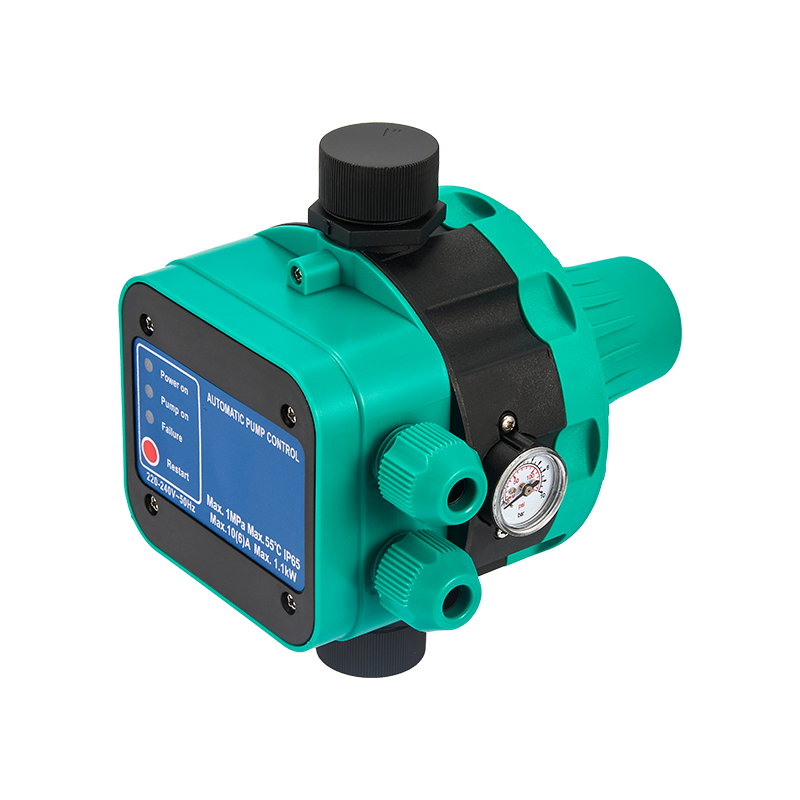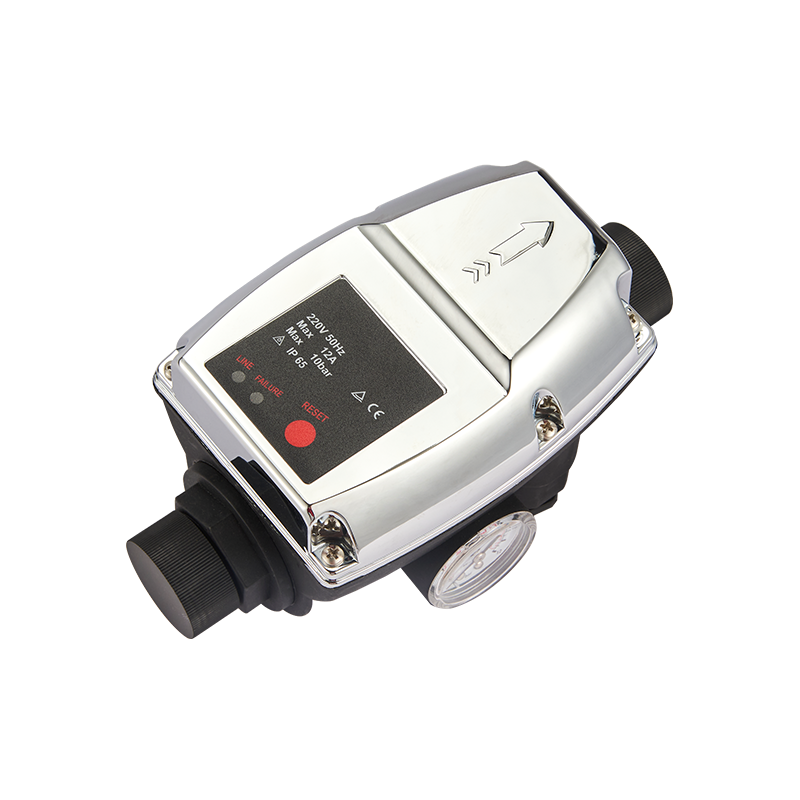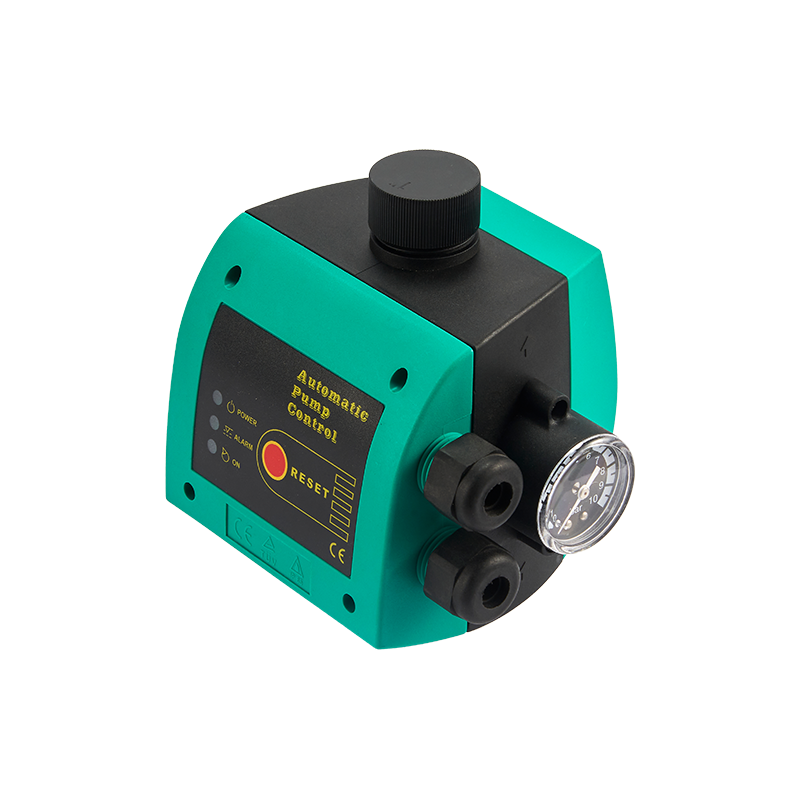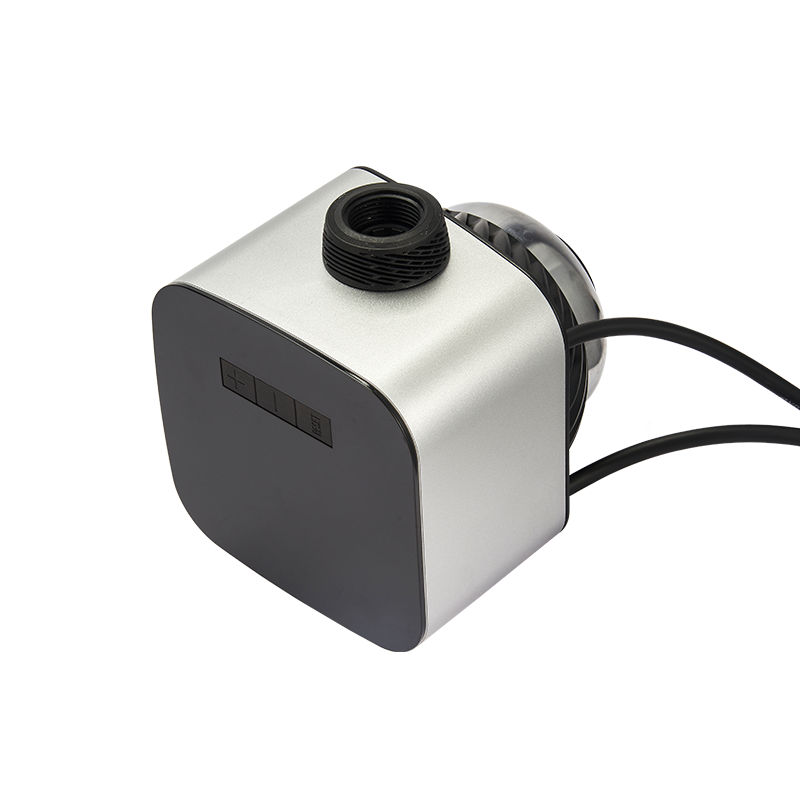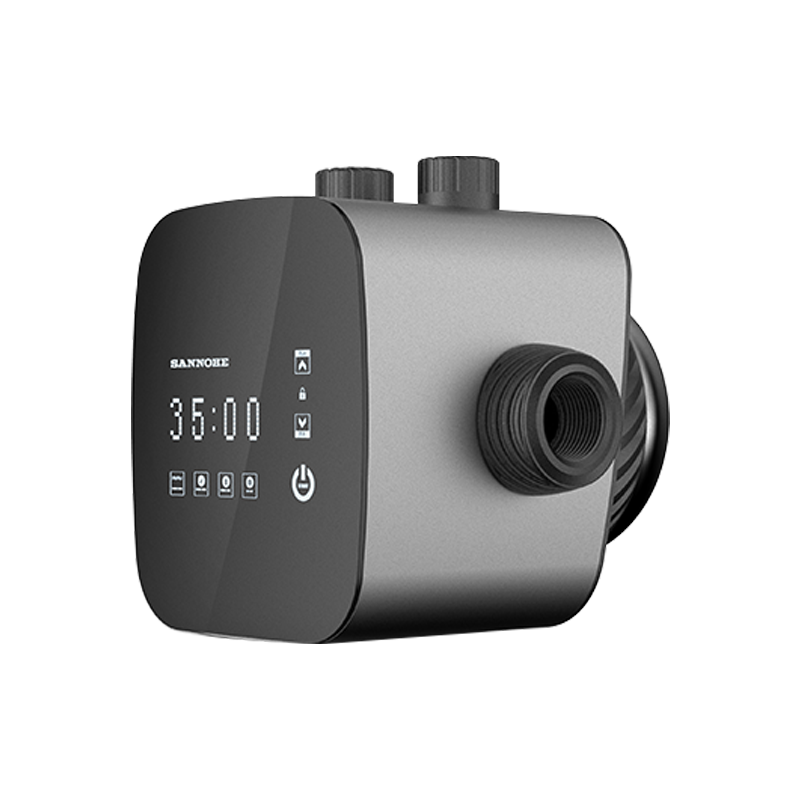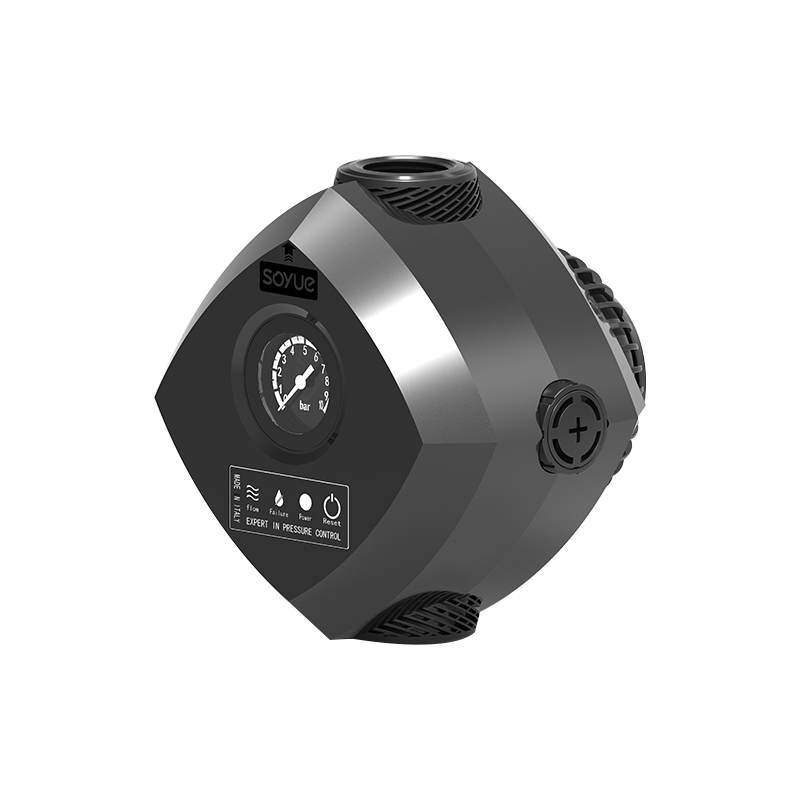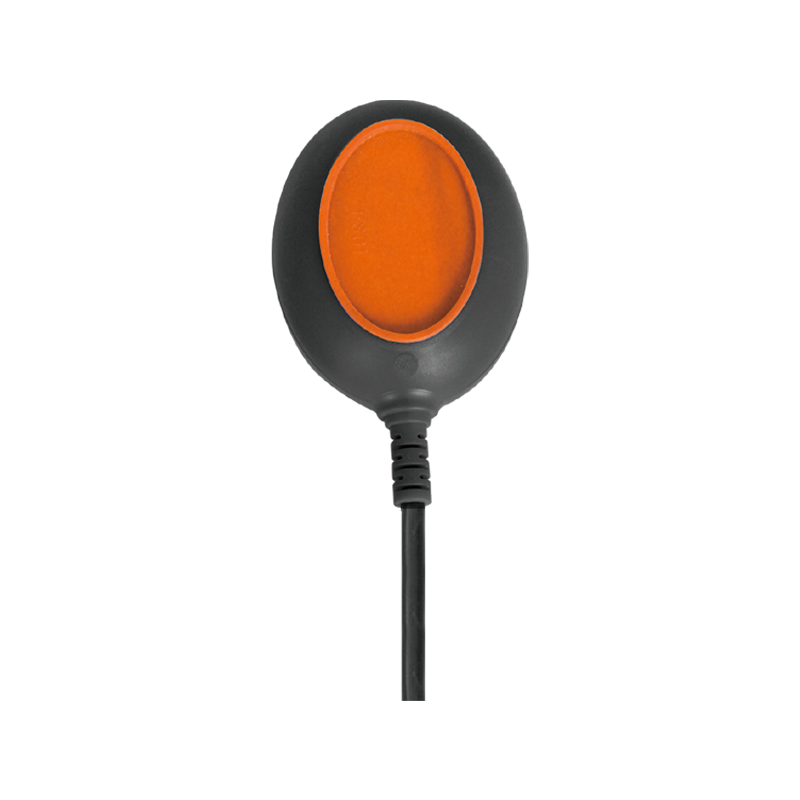Design Float Switch, Custom Float Switch,Float Switch For Sale
In the intricate landscape of engineering, where precision and reliability are paramount,
Float Switches emerge as unassuming yet indispensable components, orchestrating a symphony of control in various applications. This exploration delves into the nuanced functionalities of Float Switches, shedding light on their role in maintaining fluid levels and regulating systems with subtle efficiency.
Introduction:
Within the intricate machinery that powers our modern world, the Float Switch quietly asserts its significance as a reliable and efficient control instrument. Designed to navigate the ebb and flow of fluid levels, Float Switches play a crucial role in ensuring the equilibrium of systems across diverse industries. This exploration unravels the functionalities that make Float Switches an integral part of the engineering realm.
Fundamentals of Float Switches:
At its essence, a Float Switch operates on a simple yet effective principle—utilizing the buoyancy of a float to control the opening and closing of electrical circuits. This ingenious design allows for the automatic regulation of liquid levels, making Float Switches invaluable in applications where maintaining specific fluid levels is critical.
Principle of Operation:
The core functionality of a Float Switch is rooted in the principle of buoyancy. As the fluid level rises or falls, the float attached to the switch moves accordingly. This movement triggers the switch to open or close an electrical circuit, initiating actions such as activating pumps, controlling valves, or providing alarms based on the preset fluid level parameters. The elegance of this design lies in its simplicity and reliability.
Varieties of Float Switches:
Float Switches come in various configurations to suit the diverse needs of different applications. Vertical Float Switches, Horizontal Float Switches, and Tilt Float Switches are among the common variants, each tailored to specific requirements. Engineers appreciate the versatility offered by these variations, allowing for seamless integration into systems ranging from sump pumps to industrial tanks.
Adjustability and Calibration:
One of the key features that engineers value in Float Switches is their adjustability. These switches can be calibrated to respond to specific fluid level thresholds, providing precise control over the monitored system. This adaptability is crucial in industries where maintaining accurate liquid levels is imperative for optimal performance.
Incorporation in Sump Pumps:
Sump pumps, designed to prevent flooding in basements and lower levels of buildings, rely on the functionality of Float Switches. The switch controls the pump's operation, activating it when the fluid level rises and deactivating it once the level is sufficiently lowered. Engineers appreciate the reliability of Float Switches in safeguarding properties against water damage.
Role in Septic Systems:
In septic systems, where the proper management of wastewater is essential, Float Switches play a vital role. These switches regulate the activation of pumps, ensuring the timely transfer of wastewater to designated treatment areas. The automatic control facilitated by Float Switches contributes to the efficiency and longevity of septic systems.
Application in Industrial Tanks:
In industrial settings, where the storage and transport of liquids are integral to operations, Float Switches find extensive use in controlling fluid levels within tanks. Whether managing raw materials or regulating chemical processes, these switches provide a reliable means of automating liquid level control, contributing to the efficiency of industrial processes.
Integration in Aquariums:
The meticulous care required in maintaining aquatic environments is made more manageable through the use of Float Switches in aquariums. These switches control water levels, activating pumps to refill or drain water as needed. Aquarium enthusiasts appreciate the precision offered by Float Switches in creating stable and healthy habitats for aquatic life.
Adaptability to Harsh Environments:
Engineers often face the challenge of designing systems that can withstand harsh environmental conditions. Float Switches, constructed with durable materials and protective enclosures, exhibit a high degree of adaptability to challenging environments. Whether exposed to corrosive substances or extreme temperatures, these switches maintain their functionality.
Compatibility with Diverse Liquids:
Different applications involve diverse types of liquids, each with its unique properties. Engineers value the compatibility of Float Switches with a wide range of liquids, from water to oils and chemicals. This versatility allows for the seamless integration of Float Switches into systems where precise fluid level control is crucial.
Energy Efficiency in Pump Control:
In systems that rely on pumps, Float Switches contribute to energy efficiency by controlling pump activation based on fluid levels. This targeted approach ensures that pumps operate only when necessary, preventing unnecessary energy consumption. The efficiency in pump control aligns with contemporary efforts to enhance sustainability in engineering practices.
Safety Mechanism in Overfill Protection:
Overfill protection is a critical safety consideration in various industries, especially those dealing with hazardous substances. Float Switches serve as an integral part of safety mechanisms by providing reliable overfill protection. When fluid levels reach predetermined thresholds, the switch triggers alarms or shuts down processes, preventing potential hazards.
Monitoring and Maintenance Facilitation:
Float Switches play a significant role in monitoring fluid levels and facilitating maintenance. Real-time feedback provided by these switches allows engineers to stay informed about the status of systems. This proactive approach to monitoring enables timely maintenance, minimizing downtime and preventing potential issues.
Integration with Alarm Systems:
In applications where immediate attention to fluid level changes is crucial, Float Switches integrate seamlessly with alarm systems. Whether it's a sudden drop in liquid levels or an unexpected rise, the switch triggers alarms to alert operators or maintenance personnel. This timely notification enhances the responsiveness of systems to unforeseen events.
Adaptation to Industry 4.0:
As industries embrace the era of Industry 4.0, characterized by smart technologies and interconnected systems, Float Switches are adapting to meet the demands of digitalization. Integration with IoT (Internet of Things) technologies allows for remote monitoring and data-driven decision-making, further enhancing the efficiency of fluid level control.
Conclusion:
In conclusion, Float Switches navigate the intricate currents of engineering with a quiet efficiency that belies their significance. As unassuming yet indispensable components, these switches play a critical role in maintaining fluid levels and regulating systems across diverse applications. From sump pumps to industrial tanks and beyond, Float Switches quietly orchestrate precision and reliability in the complex symphony of modern engineering, proving that sometimes, the most profound impact comes from the subtlest mechanisms.
